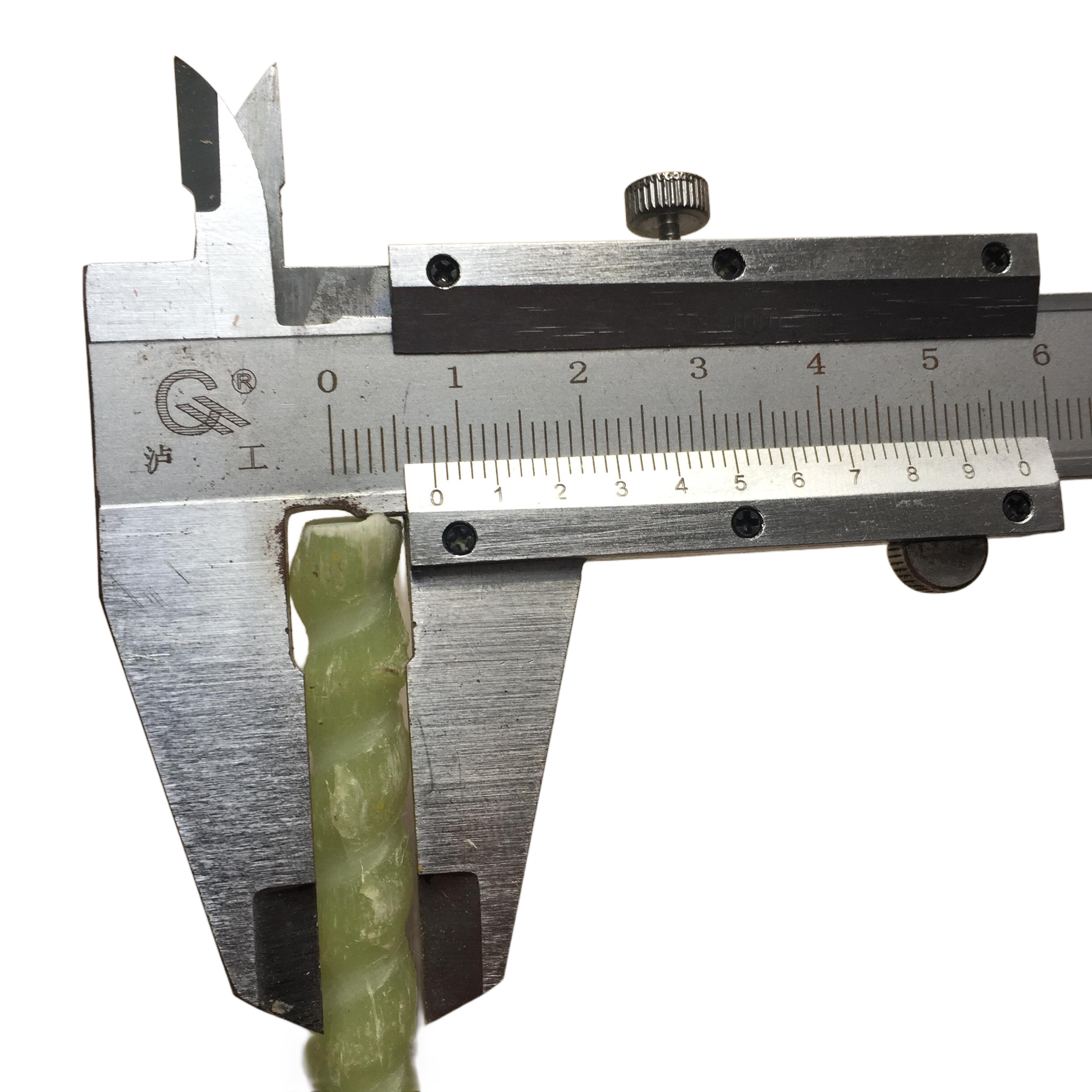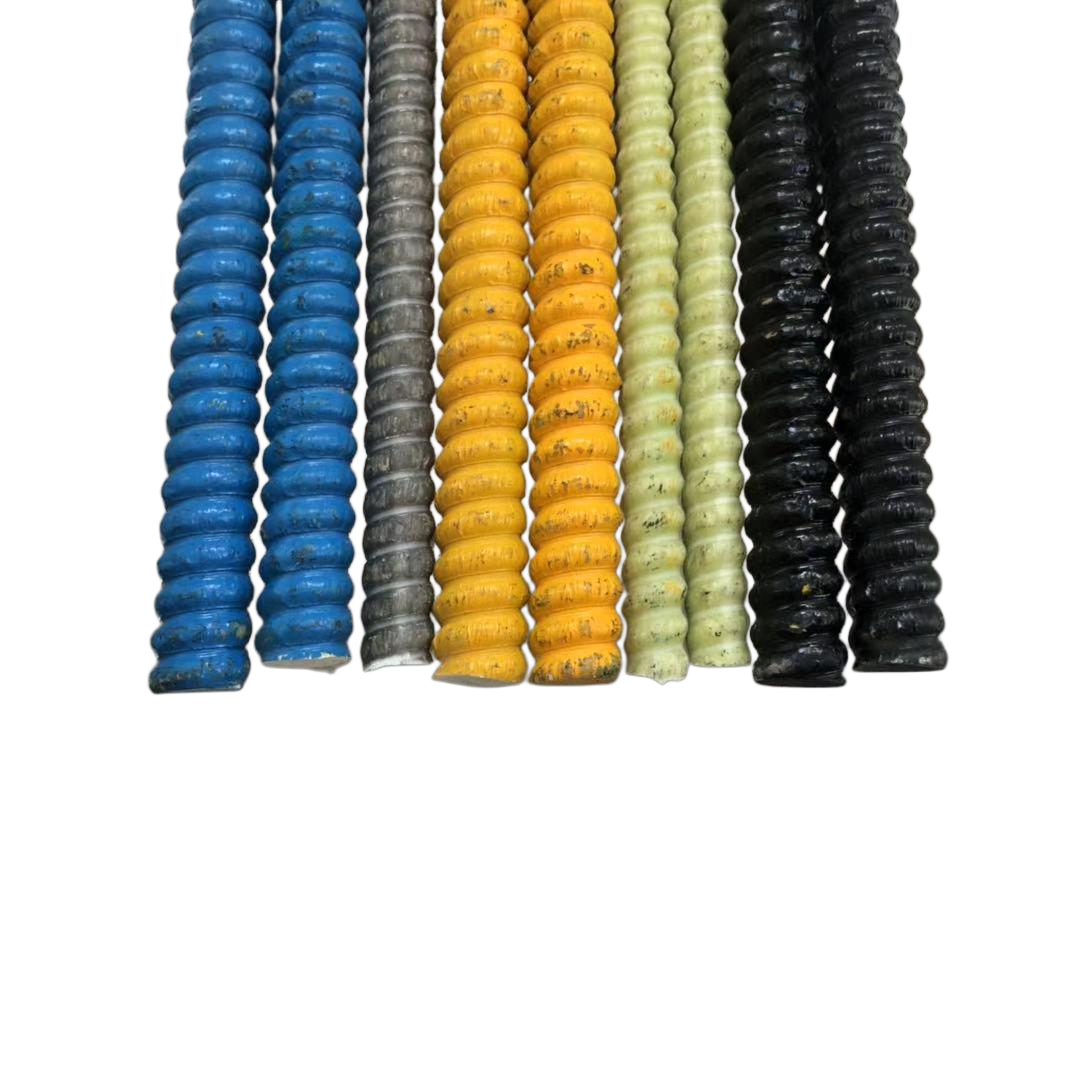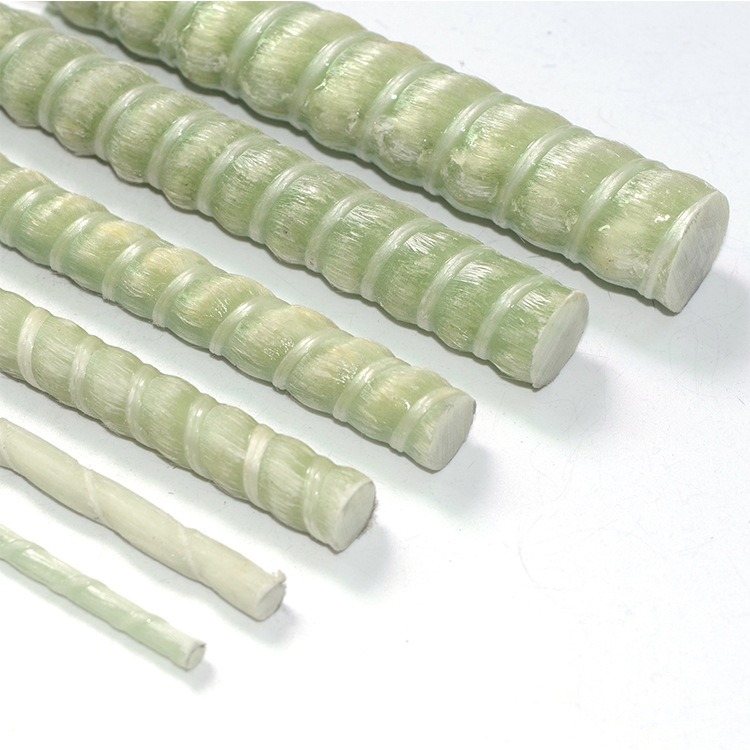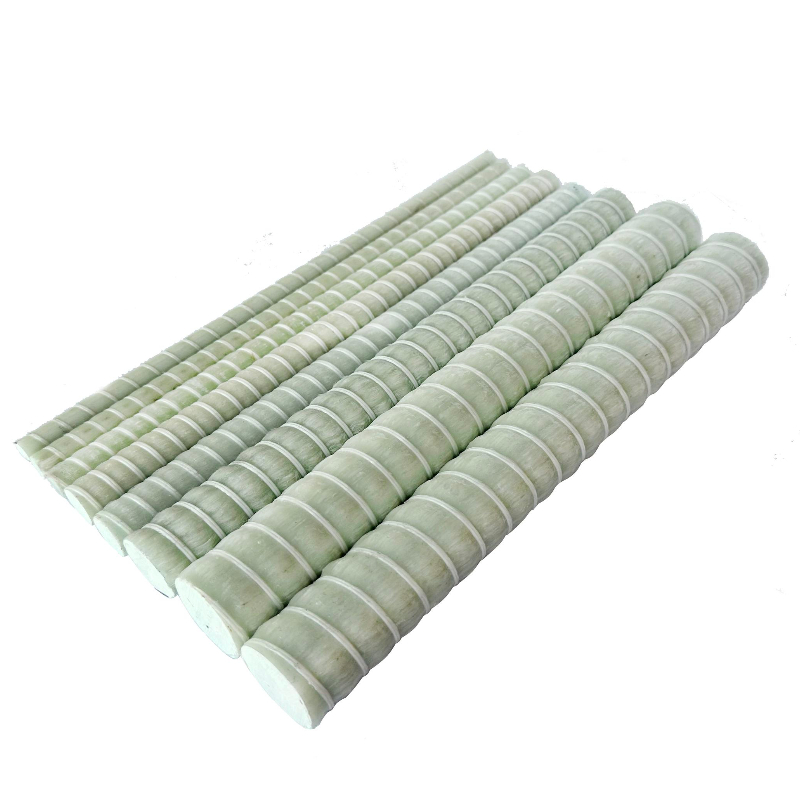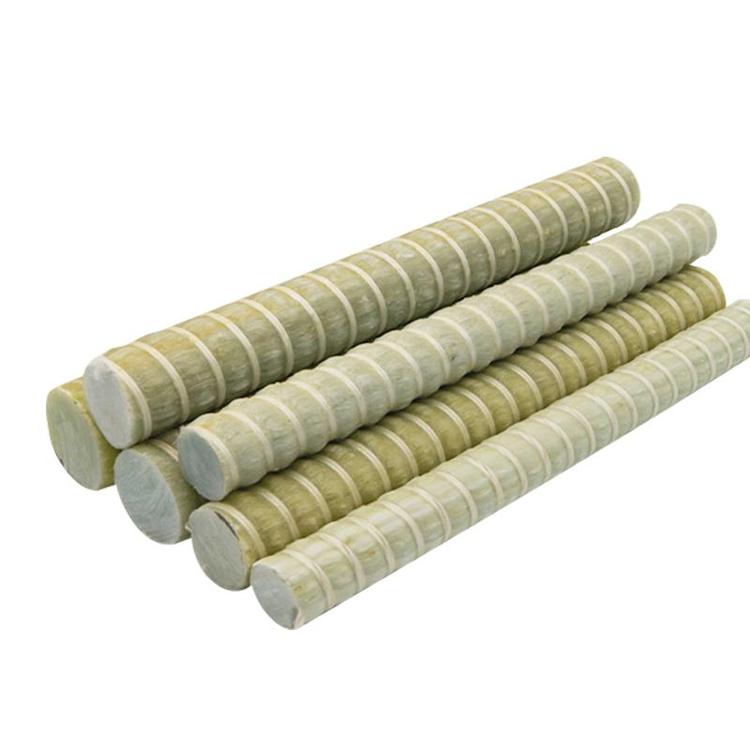Introduction
In the rapidly evolving field of construction materials, insulation plays a pivotal role in enhancing energy efficiency and structural integrity. Among the plethora of insulation options available, the GFRP Insulation Connector has emerged as a cutting-edge solution. This article delves into a comprehensive comparison between GFRP (Glass Fiber Reinforced Polymer) insulation connectors and other conventional insulation materials, highlighting their properties, applications, and benefits within the construction industry.
Understanding GFRP Insulation Connectors
GFRP Insulation Connectors are composite materials made from glass fibers embedded within a polymer matrix. This combination results in a material that boasts high tensile strength, excellent thermal insulation properties, and remarkable resistance to corrosion. The inherent characteristics of GFRP make it an ideal candidate for use in harsh environmental conditions where traditional materials may falter.
Composition and Manufacturing Process
The manufacturing process of GFRP involves the impregnation of glass fibers with a polymer resin, typically using techniques such as pultrusion or filament winding. This process ensures uniform distribution of fibers and resin, resulting in a consistent and high-quality end product. The selection of resin types, such as epoxy or polyester, can be tailored to meet specific performance requirements.
Mechanical and Thermal Properties
GFRP Insulation Connectors exhibit impressive mechanical properties, including high tensile and flexural strength. They have a low thermal conductivity, making them effective insulators. Additionally, GFRP materials are non-magnetic and exhibit excellent fatigue resistance, which is crucial for structures subjected to dynamic loads.
Comparison with Other Insulation Materials
To fully appreciate the advantages of GFRP Insulation Connectors, it's essential to compare them with other common insulation materials such as traditional steel connectors, foam insulations, and wood-based materials. Each of these alternatives has its own set of characteristics that influence their suitability for specific applications.
Steel Connectors
Steel connectors have been widely used due to their high strength and availability. However, steel is a good conductor of heat, which can lead to thermal bridging and reduced energy efficiency in buildings. Moreover, steel is susceptible to corrosion, potentially compromising structural integrity over time, especially in corrosive environments.
Foam Insulations
Foam materials like polyurethane or polystyrene offer excellent thermal insulation due to their low thermal conductivity. Nonetheless, they often lack the necessary mechanical strength to act as structural connectors. Additionally, some foam insulations can degrade under UV exposure and may not be environmentally friendly due to the chemicals involved in their production.
Wood-Based Materials
Wood has natural insulating properties and is a renewable resource. However, wood can be susceptible to moisture, leading to rot and decreased structural performance. Its mechanical properties are also highly variable depending on species, moisture content, and treatment, which can pose challenges in design and application.
Advantages of GFRP Insulation Connectors
The unique combination of properties offered by GFRP Insulation Connectors positions them favorably against traditional materials. Below are some of the key advantages that make GFRP a superior choice in many construction scenarios.
Enhanced Thermal Performance
GFRP's low thermal conductivity significantly reduces thermal bridging compared to steel connectors. This results in better insulation performance of the building envelope, leading to energy savings and improved occupant comfort. Studies have shown that using GFRP connectors can improve wall insulation performance by up to 30%.
Corrosion Resistance and Durability
Unlike steel, GFRP is highly resistant to corrosion, making it ideal for use in environments exposed to moisture, chemicals, or saltwater. This longevity reduces maintenance costs and extends the lifespan of structures. For instance, in coastal constructions, GFRP connectors have outperformed traditional steel by maintaining integrity without the need for protective coatings.
Lightweight and High Strength-to-Weight Ratio
GFRP materials offer a high strength-to-weight ratio, which simplifies handling and installation. The reduced weight can also contribute to overall structural efficiency and lower transportation costs. In applications such as high-rise buildings, the weight savings can be substantial, leading to cost reductions in the foundation and structural support systems.
Applications of GFRP Insulation Connectors
GFRP Insulation Connectors are versatile and can be utilized across various sectors in the construction industry. Their properties make them suitable for both new constructions and renovations, especially where enhanced thermal performance and durability are required.
Building Envelope Systems
In curtain walls and cladding systems, GFRP connectors effectively reduce thermal bridging, contributing to the energy efficiency of the building. They maintain structural integrity while ensuring that insulation barriers are not compromised. Architects and engineers are increasingly specifying GFRP connectors to meet stringent energy codes and sustainability certifications.
Infrastructure and Civil Engineering
GFRP connectors are utilized in bridges, tunnels, and marine structures where corrosion can be a significant concern. Their resistance to harsh environmental conditions ensures longevity and reduces lifecycle costs. For example, in the construction of coastal piers, GFRP connectors have demonstrated superior performance without the need for regular maintenance that steel connectors require.
Retrofit and Rehabilitation Projects
In older buildings requiring energy efficiency upgrades, GFRP Insulation Connectors can be integrated into existing structures to enhance insulation without adding excessive weight or compromising structural elements. Their adaptability makes them ideal for projects where preservation of the original architecture is essential.
Case Studies and Performance Data
Real-world applications and scientific studies provide valuable insights into the performance of GFRP Insulation Connectors compared to other materials. Numerous projects worldwide have reported positive outcomes after implementing GFRP solutions.
Energy Efficiency in Cold Climates
A study conducted in Scandinavian countries showed that buildings utilizing GFRP connectors experienced a significant reduction in heating costs during winter months. The study highlighted a 25% improvement in thermal insulation, attributing the savings to the minimized thermal bridging effect of GFRP materials.
Longevity in Marine Environments
Marine structures in the Mediterranean region employing GFRP connectors have reported sustained structural integrity after 15 years of exposure to saline conditions. This contrasts with steel connectors that required extensive maintenance and showed signs of corrosion within the same period.
Economic Considerations
While the initial cost of GFRP Insulation Connectors may be higher than traditional materials, the long-term economic benefits are substantial. Reduced energy consumption, lower maintenance expenses, and extended service life contribute to a favorable return on investment.
Lifecycle Cost Analysis
A lifecycle cost analysis comparing GFRP connectors to steel revealed that over a 30-year period, GFRP solutions offered a 20% cost saving. This is due to the elimination of corrosion-related repairs and consistent thermal performance leading to energy savings.
Installation and Handling Efficiency
The lightweight nature of GFRP connectors reduces labor costs and simplifies installation procedures. Construction projects have reported time savings of up to 15% when switching from steel to GFRP connectors, translating to significant labor cost reductions.
Environmental Impact
Sustainability is a key consideration in modern construction practices. GFRP Insulation Connectors contribute positively to environmental goals through energy efficiency and material longevity.
Energy Conservation
By enhancing the thermal performance of buildings, GFRP connectors help reduce energy consumption for heating and cooling. This reduction in energy usage leads to lower greenhouse gas emissions, aligning with global initiatives to combat climate change.
Reduced Material Waste
The durability of GFRP materials means fewer replacements and less waste over the building's lifespan. Additionally, advancements in composite recycling technologies are making it possible to reclaim fibers and resins, further minimizing environmental impact.
Challenges and Considerations
Despite the numerous advantages, there are challenges associated with the adoption of GFRP Insulation Connectors. Understanding these factors is crucial for engineers and builders when considering material choices.
Design and Engineering Practices
GFRP materials have different mechanical properties compared to traditional materials, requiring adjustments in design methodologies. Engineers must be familiar with the behavior of composites under various loads and conditions to ensure safety and performance.
Fire Resistance
While GFRP materials are generally considered fire-resistant, they can lose structural integrity at high temperatures. Incorporating fire retardant additives and protective coatings can mitigate this concern, but it requires careful planning and additional costs.
Future Trends and Developments
The field of composite materials is continuously evolving, with research focused on enhancing the properties and applications of GFRP Insulation Connectors. Innovations in resin systems, fiber technologies, and manufacturing processes hold the promise of even better performance.
Advancements in Fiber Technology
Developments in glass fiber production are leading to materials with higher strength and stiffness. Hybrid fibers incorporating carbon or basalt may offer improved mechanical properties while maintaining cost-effectiveness.
Enhanced Resin Systems
Research into resin formulations is focusing on improving thermal stability, fire resistance, and environmental impact. Bio-based resins derived from renewable resources are being explored to reduce the carbon footprint of composite materials.
Conclusion
In conclusion, the GFRP Insulation Connector represents a significant advancement in insulation materials for the construction industry. Its superior thermal performance, durability, and economic benefits make it an attractive alternative to traditional insulation materials. As the industry moves towards sustainable and energy-efficient solutions, GFRP Insulation Connectors are poised to play a pivotal role in future construction projects.
The adoption of GFRP connectors requires a collaborative effort among manufacturers, engineers, and builders to address challenges and maximize benefits. With ongoing research and technological advancements, GFRP materials will continue to evolve, offering even greater performance and contributing to the creation of resilient and sustainable infrastructure worldwide.



















